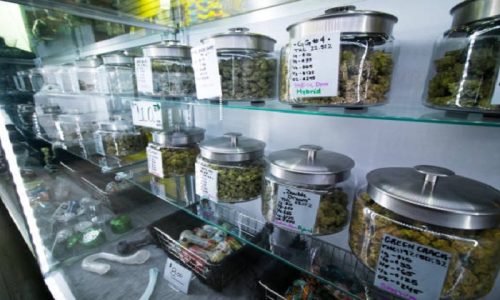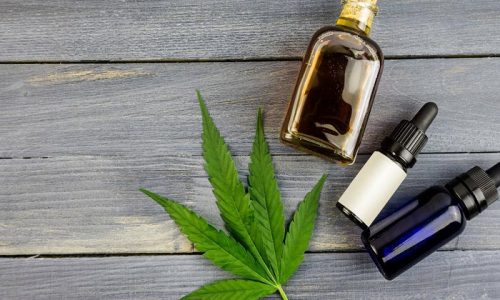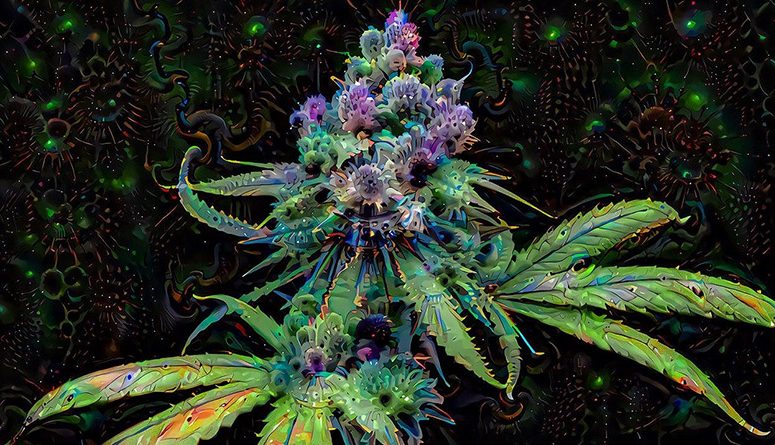
People who don’t know much about weed often think they’re all green. However, certain strains do have purple tints. Such strains are sought after in the cannabis community, especially among home growers. If you’re one of these lovers of colorful weed, there are many ways these strains, provided the genetics are right.
So though there are several photos of marijuana plants with various hues and colors, much research and know-how go into getting these enviable colors.
But even though it would be a lot of work, you can produce rainbow cannabis. You can pull it off if you follow some pretty simple tips and guidelines. This article outlines what produces colorful cannabis and how to navigate the growing process to get the best results.
The Role of Genetics
The genetics of each strain is the most critical part of colored cannabis. Whatever you do, if your strain lacks the genetic ability to produce spectacular hues, your efforts will be useless. To be safer, you’re better off procuring your seeds from reputable cannabis seed banks like Sensi Seeds, where you’re guaranteed your plants will have superior traits.
Anthocyanins in cannabis are the genetic ‘building blocks,’ a flavonoid family that creates red, purple, or blue pigments. They are also found in red cabbage, violets, blueberries, and eggplants.
Color-Related Components
While many believe that the dried inflorescences of a vibrant bud should be equally vibrant and colorful, this is not always the case. Indeed, the ultimate color of the bud is decided simultaneously by a number of its essential parts:
- pistils — persist upon drying and are essential for red and orange spots;
- calyx – primarily responsible for establishing a color base and altering the color;
- vibrant marijuana leaves – they have a minimal impact on the color of dried cones due to their removal during manicure;
- trichomes – these also contribute less to the ultimate color.
Tips For Growing Colorful Weed
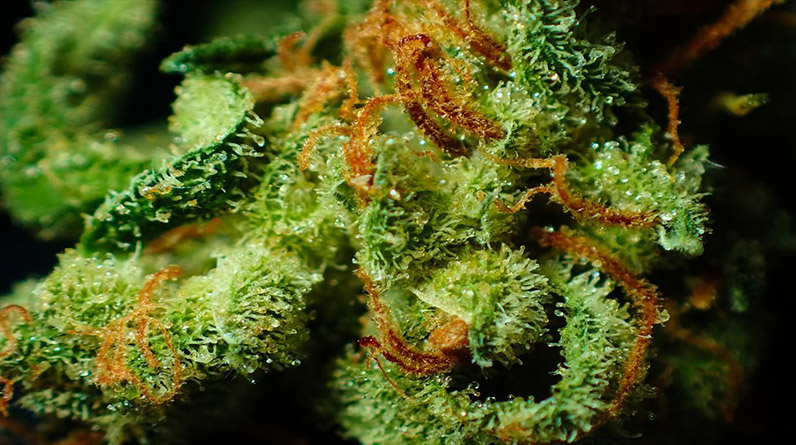
Image by David Cardinez from Pixabay
If the strain’s genes do not produce any other pigmentation other than green, you won’t get the rainbow color. In that case, you must first select the right strain before considering the employment of any of the following agricultural practices to improve the color.
Provide direct, bright light
Purple has a similar appearance to the tan we get from the sun. The stronger the light and the lengthier the “daytime” part of the cycle, the more vibrant the purple or violet hue of multicolored cannabis leaves. This is not a need for all strains, but the majority are more ready to demonstrate their capacity to color leaves and inflorescences in bright light.
Establish a comfortable temperature regime
A temperature regime with a considerable change between day and night helps the emergence of purple and colorful cones, assuming this trait is inherited from the strain’s genetics. This method is unnecessary if the colored cannabis strains you’ve picked have contrasting shades.
Experiment with different pH values
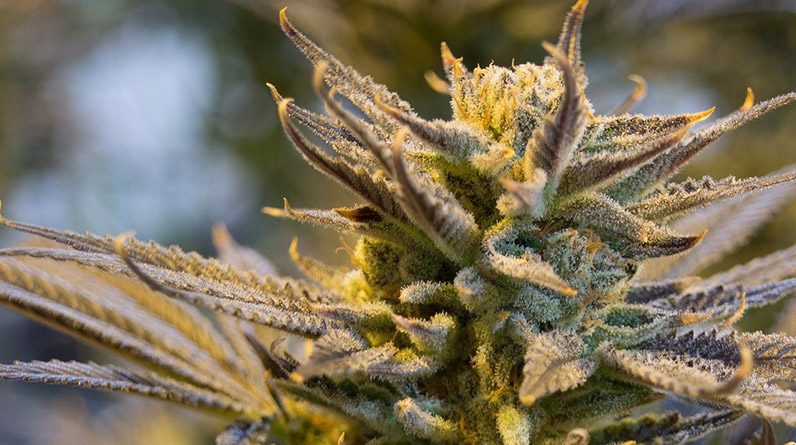
Image by Brent Barnett from Pixabay
It can alter the color of blooms on a variety of plants. For instance, certain hydrangea varieties turn blue when grown in severely acidic soil but turn pink when cultivated in neutral or slightly acidic soil. While such research on weed tint has never been undertaken on purpose, there is evidence that such a correlation exists.
Suppose you’re cultivating multiple vibrant cannabis plants of the same strain. In that case, it’s logical to experiment by changing the pH level in the root zone of each plant to a different value if you are successful in planting a reliable strain.
Select the darkest, most vibrant cannabis strains
Buds with light blue or pink hues frequently lose color throughout the drying and curing process. Simultaneously, dark (black) strains with a deep shade keep their coloring the best after harvesting. This hue must be present throughout the inflorescence, preferably on the leaves nearest to the stake.
Select the variety with the most vibrant colors
This is self-evident, but to obtain a dry product with the most vibrant red, you must select a strain with the highest proportion of exotic-colored components. Consider the color of the calyx, leaves, and pistils, and you can also play around with different color combinations. Thus, orange pistils against a dark purple stake background appear fantastic!
Whatever the case may be, the color of some marijuana inflorescences will not be preserved after drying and curing. Just as green buds turn brown or reddish, purple buds lose their vibrancy, becoming gray or nearly black.
Colorful Strains to Grow
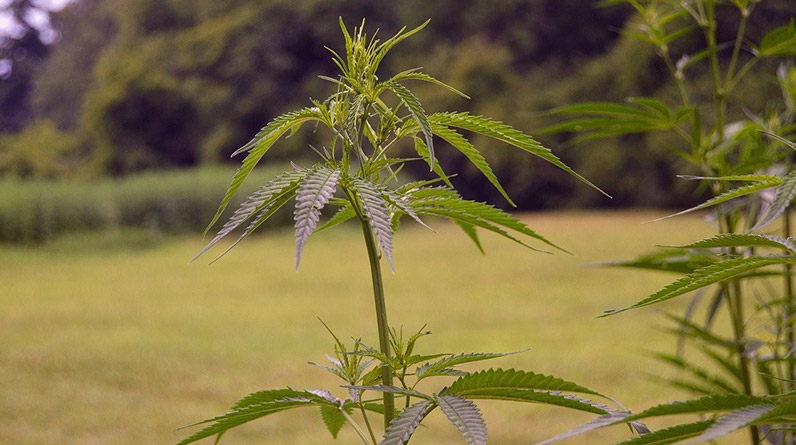
We recommend paying close care to the following variants, which will undoubtedly please colorful cannabis lovers:
- Rainbow Kush
- Blackberry Auto fem
- Black Beauty
- LSD-25 Auto fem
- Black Russian
Conclusion
Several factors can affect plant color, some of which have been discussed in this article. Genetics, temperature, nutrition, and pH levels are some factors. Using the suggestions listed above will help you grow some stunning colorful marijuana, but first, make sure your genetics are in order!
Also, it is crucial to harvest at the perfect time. When properly harvested, your cannabis will look great and taste amazing. But remember, the color of marijuana is nothing more than an aesthetic consideration. It won’t give you a better high or increase your THC content, but it does look lovely!


